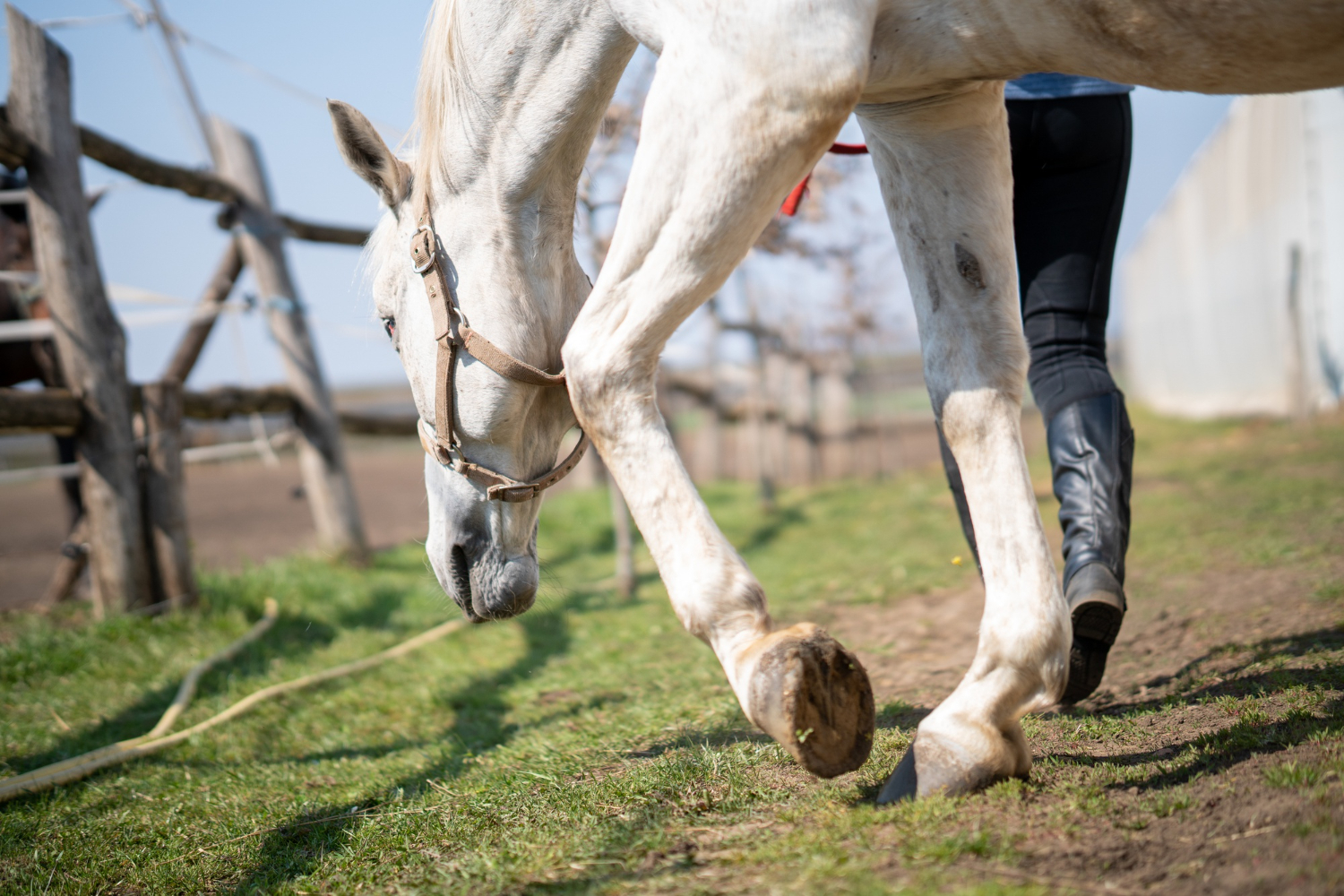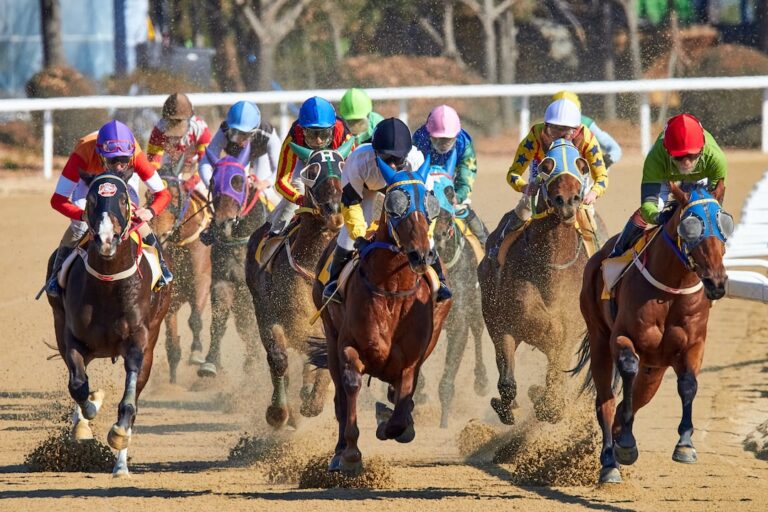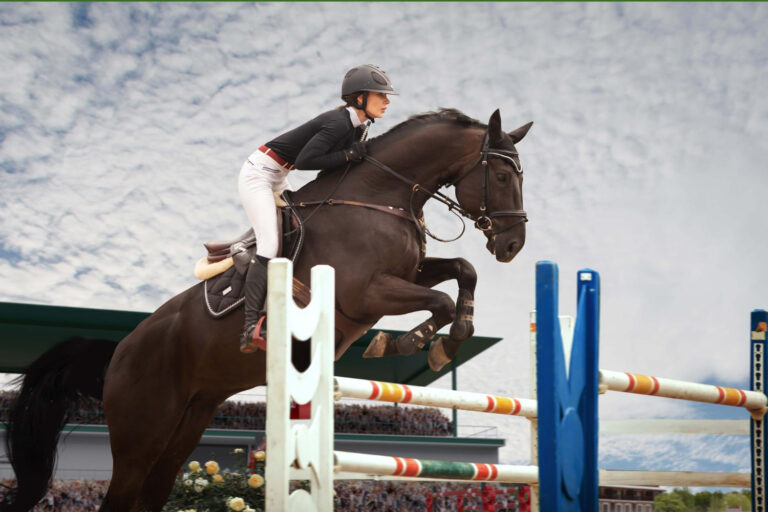Healing Hooves: Navigating the Intricate Path of Equine Rehabilitation
Behind the pomp and spectacle of horse racing lies an intricate process ensuring the well-being of these magnificent creatures. Equine rehabilitation and recovery isn’t merely a phase; it’s an art and science merged to restore, rejuvenate, and maintain a horse’s peak performance. This article delves into the techniques, modalities, and considerations surrounding the world of horse rehabilitation.
Understanding Equine Anatomy and Physiology
Before embarking on the rehabilitation journey, it’s essential to understand the horse’s unique structure and function.
- Musculoskeletal System: Horses have an intricate musculoskeletal system designed for speed but susceptible to injuries like sprains and fractures.
- Respiratory and Cardiovascular Systems: These provide the oxygen and energy necessary for intense physical exertion. Any disruption can be catastrophic for a horse’s performance and well-being.
- Digestive System: Unique in design and function, ensuring the right nutrition is pivotal in a horse’s recovery process.
Gaining a basic grasp of these systems provides a foundation for understanding the challenges and requirements in equine rehabilitation.
Common Injuries and Their Causes
Horses, despite their strength, are prone to various injuries, understanding which is pivotal to effective rehabilitation.
Table: Common Equine Injuries and Causes
| Injury | Common Causes |
|---|---|
| Tendon strains | Overexertion, poor training practices |
| Fractures | Falls, missteps |
| Respiratory issues | Dusty environments, infections |
| Digestive problems | Poor diet, sudden dietary changes |
Modalities in Equine Rehabilitation
With advancements in veterinary science, several innovative techniques have emerged to aid in equine recovery.
- Cold Therapy: Helps in reducing inflammation post-exertion or after an injury. It involves using cold wraps or immersion in cold water.
- Heat Therapy: Used for relaxing muscles and increasing blood flow, especially before a workout.
- Electrotherapy: Stimulates muscles and nerves, promoting healing without physical exertion.
- Aquatic Therapy: Provides resistance training with minimal impact, making it ideal for joint injuries.
- Massage and Chiropractic: Aids in relieving muscle tension and aligning the spine, ensuring the horse moves comfortably and correctly.
The Role of Nutrition in Recovery
A balanced diet is paramount in aiding a horse’s recovery. Nutrients play specific roles in the healing process.
- Proteins: Essential for muscle repair. Sources include alfalfa, soybean meal, and linseed.
- Fats: Provide concentrated energy. Found in rice bran, flaxseed, and commercial equine supplements.
- Vitamins and Minerals: Vital for bone health and metabolic processes. Found in fresh forage, grains, and fortified feeds.
- Water: Crucial for every cellular function, adequate hydration supports all recovery processes.
Conclusion
Horse rehabilitation and recovery go far beyond simple rest. It’s an intricate dance of science and intuition, understanding and care. Ensuring a horse’s well-being post-race or injury not only prolongs its racing career but also guarantees its quality of life. As we appreciate the exhilaration of horse racing, let’s also acknowledge the unsung heroes – the veterinarians, therapists, and caregivers – who ensure these noble creatures enjoy health and vitality beyond the racetrack.



